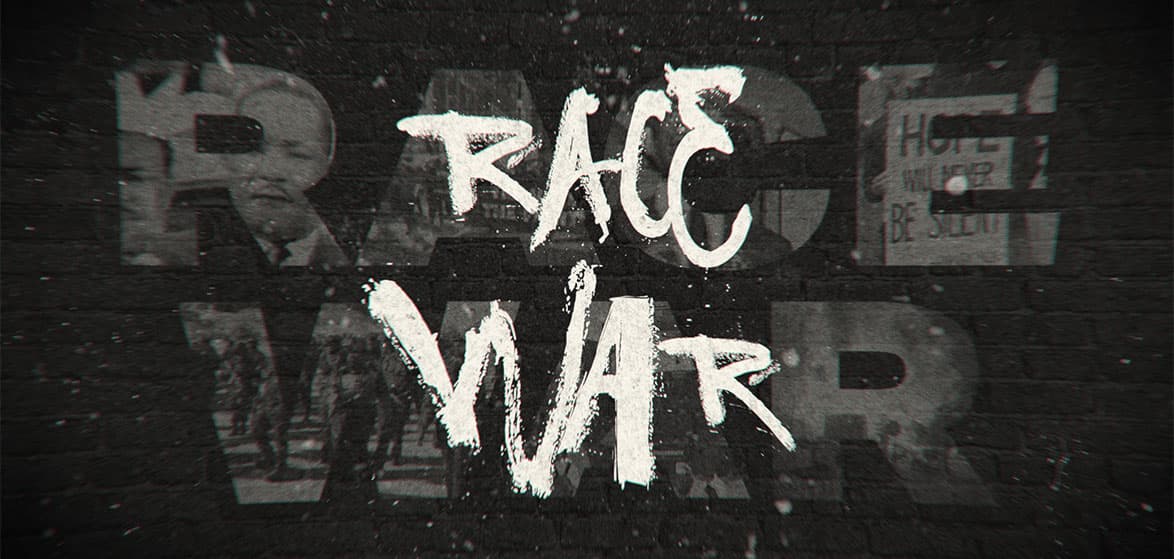
Frontlines reporters Savanah Hernandez, Kalen D’Almeida, and Rebecca Brannon traveled to Ohio to cover the federal government’s response to the train derailment that caused toxic chemicals to be released into the atmosphere near the small town of East Palestine.
The federal response in East Palestine has been disastrous, to say the least. When the derailment first occurred, Ohio requested aid from FEMA but was denied because the homes in East Palestine were not “physically destroyed.” After facing significant public backlash FEMA decided to reverse course and send the Ohio town help, two weeks after the incident occurred.
Secretary of Transportation Pete Buttigieg arrived in East Palestine today to address the situation and speak with residents in the area. Frontlines reporter Kalen D’Almeida greeted the Secretary after his arrival and asked if he apologized to the residents of the town for the federal government’s slow response. Buttigieg refused to answer the question.
TPUSA contributor Savanah Hernandez followed up with Secretary Buttigieg by asking why it took him nearly three weeks to visit East Palestine. When Buttigieg refused to answer the question, his press secretary got in between him and Hernandez. Buttigieg’s press secretary went on to state that she would not answer any questions on camera. She also claimed that it was “aggressive” for reporters on the scene to have their cameras turned on.
The recent disaster in East Palestine marks yet another infrastructure and transportation incident that has occurred under Secretary Buttigieg’s watch. When asked if he is proud of his accomplishments as the Secretary of Transportation, Buttigieg had this to say:
Despite the federal government’s downplaying of the crisis unfolding in East Palestine, it is clear that there are serious public safety concerns regarding chemical contamination. Vinyl chloride, the main chemical released from the train derailment, is associated with an increased risk of liver cancer, brain cancer, lung cancer, lymphoma, and leukemia.
The Ohio Department of Natural Resources is now reporting that an estimated 3,500 fish in nearby creeks and rivers have died from the contamination. Residents are also witnessing strange oil substances in the gutter on the side of the street and on the windshields of vehicles.














